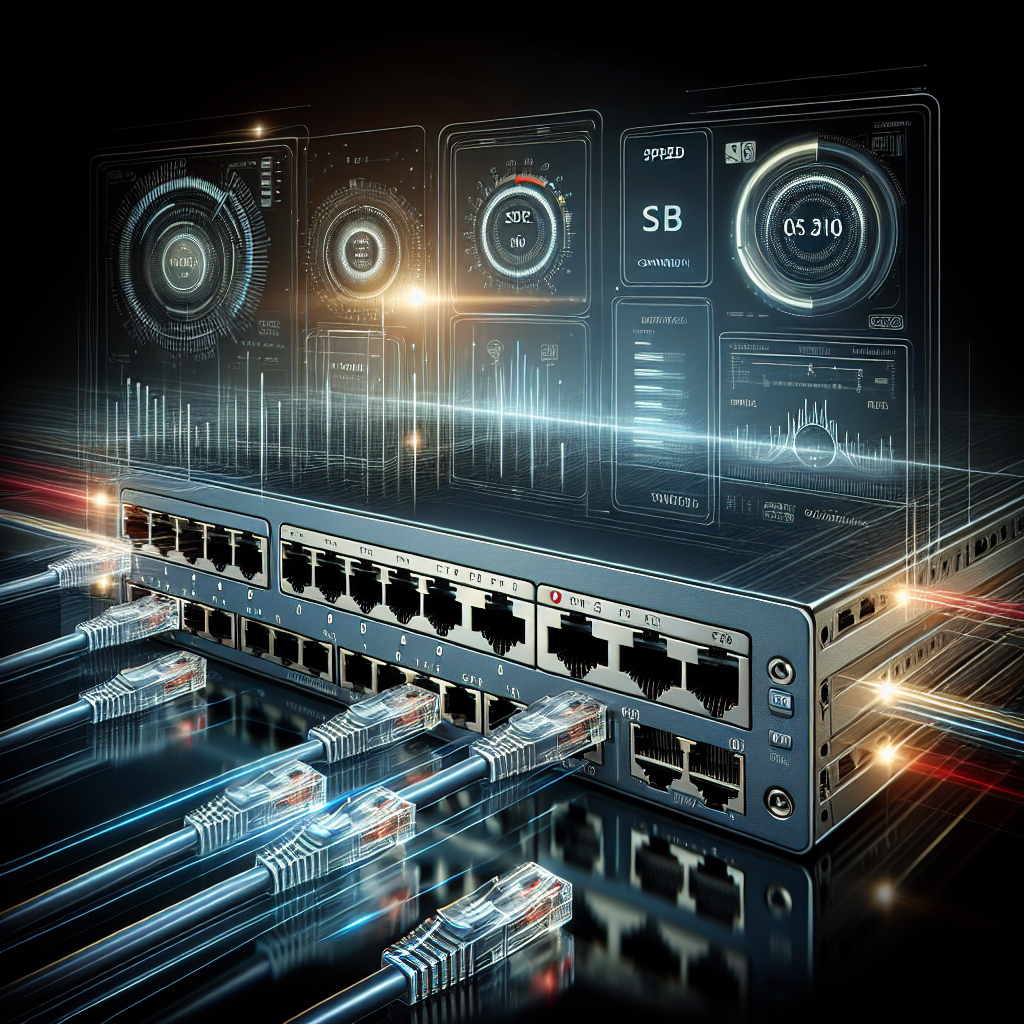Future Trends in Cisco Switches: What to Expect
Cisco switches have long been a staple in networking infrastructure, providing reliability and performance for businesses of all sizes. As technology continues to evolve, so do the capabilities and features of Cisco switches. In this article, we’ll explore some of the future trends in Cisco switches and what businesses can expect in the coming years.
One of the key trends in Cisco switches is the move towards software-defined networking (SDN). SDN allows for greater flexibility and control over network traffic by separating the control plane from the data plane. This means that network administrators can easily make changes to network configurations and policies without having to manually configure each individual switch. Cisco has been at the forefront of this trend, with their SDN solutions such as Cisco Application Centric Infrastructure (ACI) and Cisco Software-Defined Access (SD-Access) offering businesses greater agility and scalability in their network infrastructure.
Another trend in Cisco switches is the integration of artificial intelligence (AI) and machine learning (ML) capabilities. These technologies can help automate network management tasks, such as identifying and mitigating security threats, optimizing network performance, and predicting network failures before they occur. Cisco has already begun incorporating AI and ML into their switches, such as with their Cisco DNA Center platform, which uses ML algorithms to analyze network data and provide insights for network optimization.
In terms of hardware, one of the future trends in Cisco switches is the adoption of faster and more efficient networking protocols. With the increasing demand for high-speed data transfer and low latency, Cisco is constantly innovating their switches to support the latest networking standards, such as 25G, 40G, and 100G Ethernet. These faster speeds will enable businesses to handle the growing volume of data traffic generated by cloud applications, IoT devices, and video streaming services.
Lastly, Cisco is also focusing on enhancing the security features of their switches to protect against cyber threats. With the rise of sophisticated cyber attacks, businesses need robust security measures in place to safeguard their network infrastructure. Cisco switches now come equipped with advanced security features, such as encryption, access control lists, and threat detection capabilities, to help businesses defend against malicious actors.
In conclusion, the future of Cisco switches is bright, with exciting developments in SDN, AI, faster networking protocols, and enhanced security features on the horizon. Businesses can expect to see greater flexibility, performance, and security in their network infrastructure as Cisco continues to innovate and push the boundaries of networking technology. By staying ahead of these trends, businesses can ensure that their network infrastructure remains resilient and future-proof in the rapidly evolving digital landscape.


